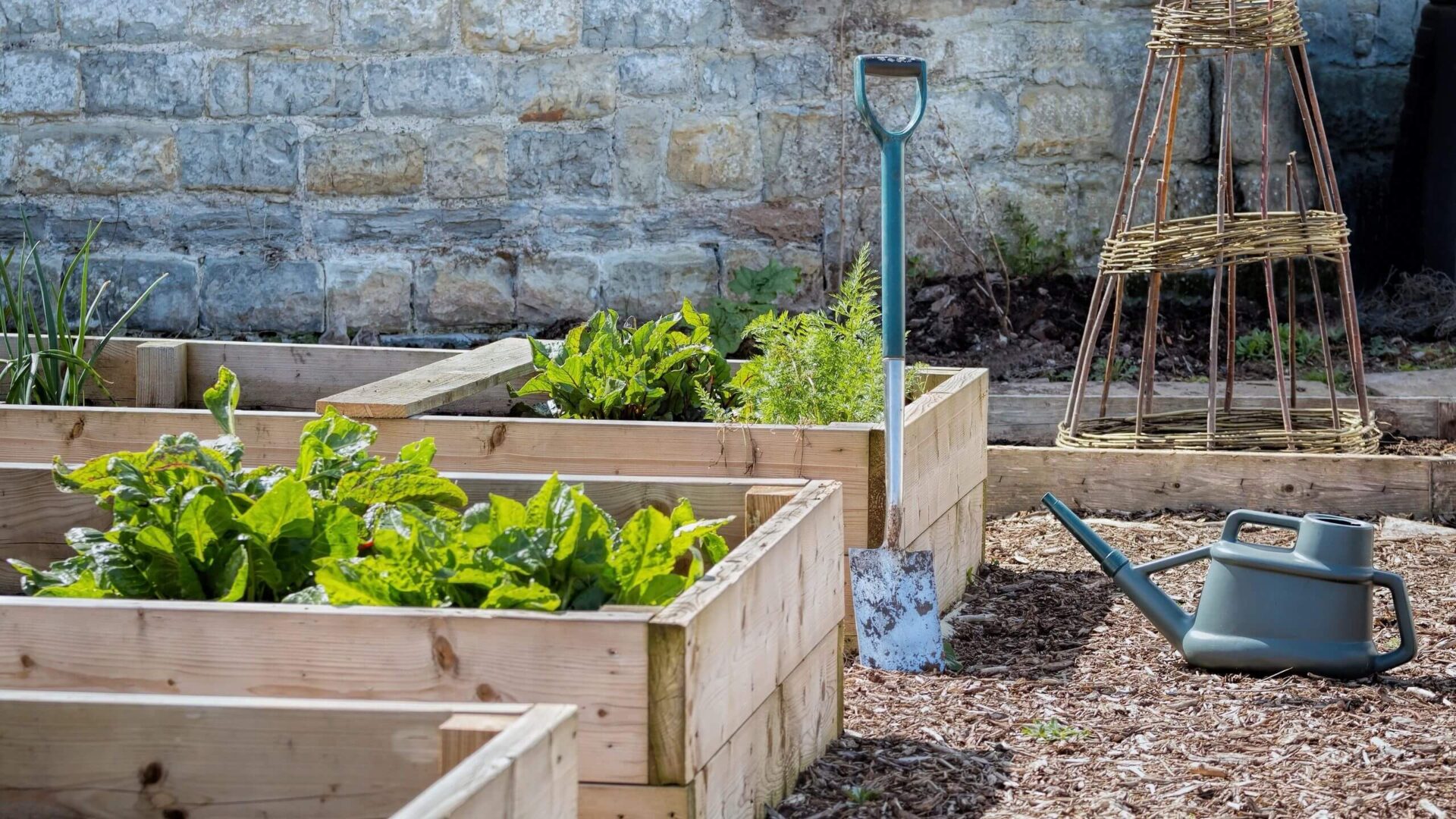
Growing Tips
By following these basic tips and understanding them will ensure your likelihood of a successful harvest. We are here to educate you in these areas and are more then happy to share our experiences with you.
The Right Environment: Having the right environment is critical for your garden. Key elements to a successful garden room include relative humidity, temperature, CO2 (Carbon Dioxide) and air circulation/exchange. The ideal humidity for a garden room falls between 40 & 60 percent. Some plants like higher humidity, but know that higher humidity can lead to problems with fungus and disease. Temperatures in your grow room should be between 68- 75 F degrees. Temperature changes will lead to variations in humidity levels. Avoid drastic temperature changes over a short period of time. Your plants need CO2 to grow. Assuming you have good air circulation/ exchange, your garden room will naturally have between 300-400 PPM (parts per million) of CO2; higher CO2 levels should accelerate growth rates. If you choose not to supplement CO2 in your garden room, it is important to address the air circulation/exchange so that your plants will receive fresh CO2.
Good Water: The water you use for your plants will determine how well your plants will grow, regardless of what you add in terms of nutrients and supplements.PPM (parts per million) or EC (electrical conductivity) are the measurement of the salts in a solution. Neither PPM nor EC readings will tell you what is in your solution / water, but rather are indicators of the solutions ability to conduct electricity. Ideally, you want to start of with a low PPM or EC then you can add nutrients specified to your plants requirements. You can reduce the PPM of your water using a Reverse Osmosis (R.O.) unit then build your nutrient solution around what your plants need. pH (potential hydrogen) measures the acidity or alkalinity of your solution on a scale of 0 14. A solution is considered acidic below 7 and basic at 7 or higher. When working with hydroponics you typically want your pH to fall between 5.8 and6.2. When growing in soil or coco you want your pH between 6.0 and 6.8. The most important rule to remember with pH is to avoid extremes. Nutrient lockout occurs with high and low pH levels.
Proper Nutrients: Nutrients come in organic and synthetic varieties and are available in both liquid and dry form. Nutrients can be separated into two categories, macro and micro nutrients. The macronutrients are nitrogen, phosphorus, potassium, calcium, magnesium and sulfur. The micronutrients or trace nutrients include iron, manganese, boron, zinc, copper, molybdenum and chlorine. If the nutrients are deficient or are abundant you may see burning, curling or yellowing. You do not want to over or under fertilize. There are many different types of nutrients/fertilizers available on the market. You can purchase organic, synthetic (chemical) or a combination of both. Most nutrients/fertilizers will have an N-P-K (Nitrogen, Phosphorus, and Potassium) on the front of the bottle. In the vegetative or growth stage the N will typically be higher. In the flowering or bloom stage the P will typically be higher. You may also consider implementing additives/supplements into your nutrient mix. Additives/supplements can bolster microbial activity at the root zone, increase size, flavor and aroma. When used together, nutrients and supplements will help you achieve maximum results.
Lighting: High Intensity Discharge (HID) is the preferred lighting in a garden room. The two types of HID lighting commonly used are HPS (High Pressure Sodium) and MH (Metal Halide). HPS lamps deliver more of an orange/ red spectrum, which is ideal for most plants in the flowering/bloom stage. MH lamps deliver more of a blue/green spectrum, which is ideal for most plants in the vegetative/growth stage. Another type of lighting ideal for plant growth is T5 lighting. T5 lighting is a high-output fluorescent light with low heat and minimal energy consumption. It is an ideal light for cuttings, mother plants and short growth cycles. All plants require light in order to grow and bloom. Most plants grow and bloom according to the amount of light they are given. In the growth or vegetative stage plants typically want 15-18 hours of light. In the bloom stage you reduce the amount of light your plants get to 10-12 hours. You want to make sure the light comes on and of at the same time everyday (just like mother- nature). The best way to accomplish this is by putting your light on a timer. Please consult your nearest hydroponic retail store for more information on which light is best for you. Test Equipment: There are many different meters available for testing pH, PPM, EC, temperature, humidity, CO2 and light levels. Single meters are available as are combination meters that test and/or monitor your environmental conditions The important thing to remember is your garden will only be as good as the limiting factor. Water, nutrient, light, temperature, humidity, CO2 & circulation are the elements to a successful garden room.

